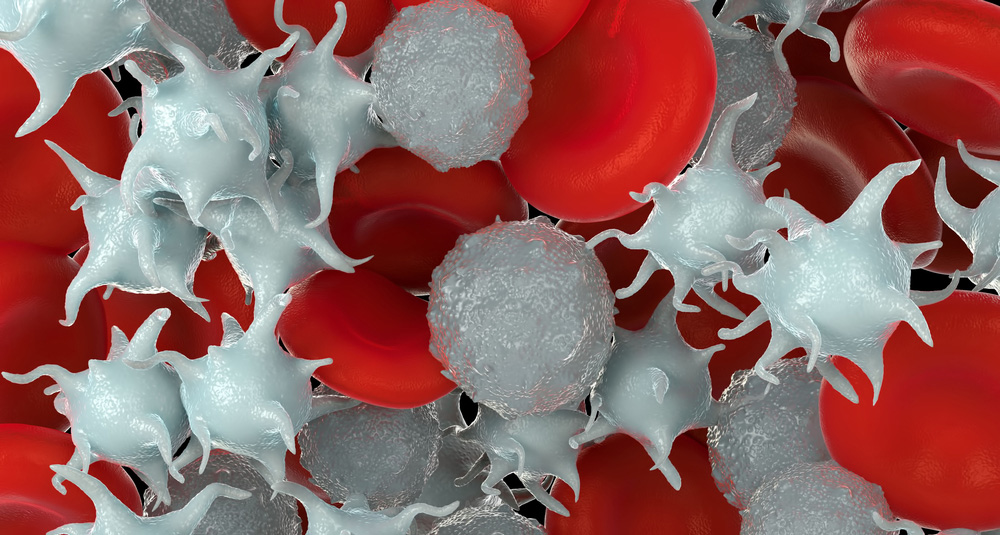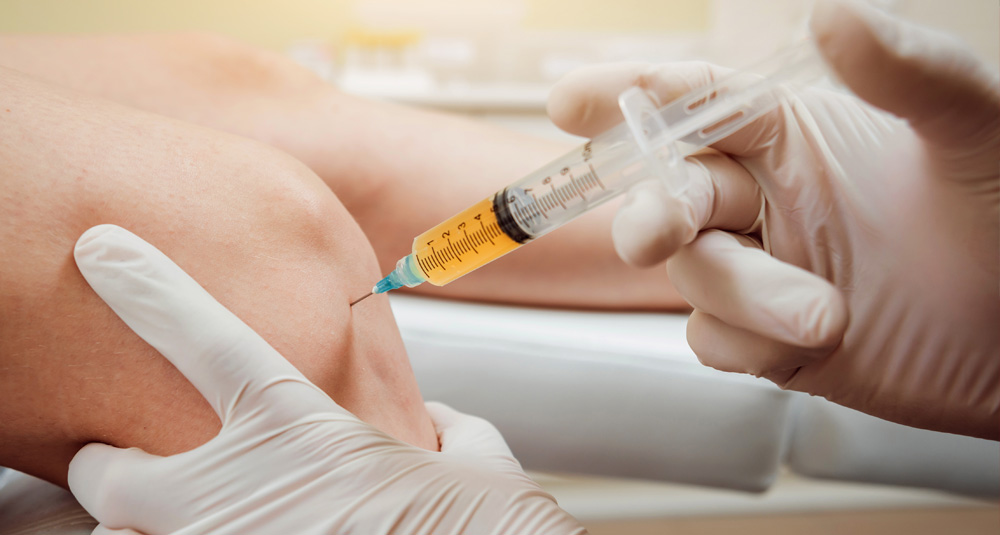What is plasma and what are platelets?

Plasma is the fluid which transports blood cells, nutrients, hormones, and proteins through the body and is important to blood coagulation. It also contains platelets.
Platelets are like an incredible little army that circulate around in your blood, primarily to control bleeding through clotting. They are small, colorless cell fragments that contain over 1500 growth factors and proteins that power up your healing process and tissue repair.
Platelets help the blood clotting process by gathering at the site of an injury and then sticking to the lining of the injured blood vessel, allowing blood clotting to occur.
How do PRP injections work?

Platelet Rich Plasma therapy intensifies the body's natural healing process by delivering a higher concentration of platelets to the injured area.
- Our doctor will draw blood from your arm and place it in a centrifuge that spins the blood at high speeds and then separates the platelets from the other components.
- After injecting lidocaine to numb the treatment area, he injects the concentrated platelet rich plasma into and around the point of injury.
- The platelets break down and release their growth factors, strengthening the body's natural healing process.
- The procedure takes approximately 30 minutes. Most people can resume their normal activities soon afterward.
Is PRP Treatment Effective?

Using your own body as a healing mechanism is a relatively new and revolutionary concept in the field of medicine. It is an exciting one because the goal of platelet rich plasma therapy is to resolve pain through the body healing itself and it can prove to have enduring results.
Your initial improvement may be experienced within just a few weeks and then gradually increase as healing continues. Research studies and clinical practice have shown PRP injections very effective at relieving pain and returning patients to their normal lives, as backed up by ultrasound and MRI images.
We continue to rigorously study PRP developments with other leading colleagues to determine optimal preparations and applications for best results.
Concerns Involving PRP Treatment

There have been no serious complications reported that are related to PRP. Side effects are not common, but they are possible. Since PRP is derived from your own blood, there is no chance of having an allergic or immune reaction.
The main risk is local infection (less than a one percent chance) and pain at the site of the injection. Like any injection, risks of damage to a nerve or blood vessel could occur. It is also possible that a person may have irritation or bleeding related to the injection site.
PRP therapy is not recommended in individuals with bleeding disorders, those who have cancer, those taking anti-coagulation medications or who have active infections, or who are pregnant.
THE PRP PROCEDURE IS PERFORMED IN THE OFFICE WITH LOCAL ANESTHESIA AND DOES NOT REQUIRE GENERAL ANESTHESIA OR HOSPITALIZATION.
